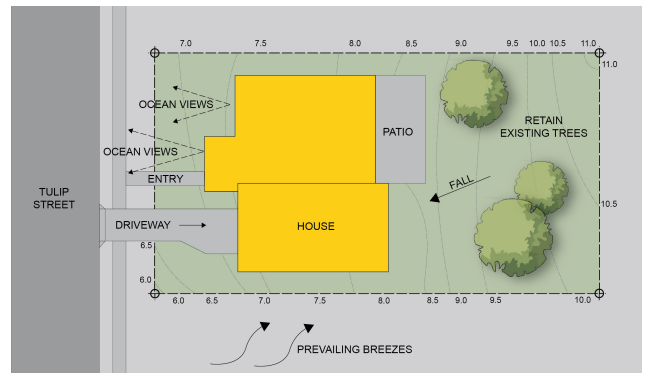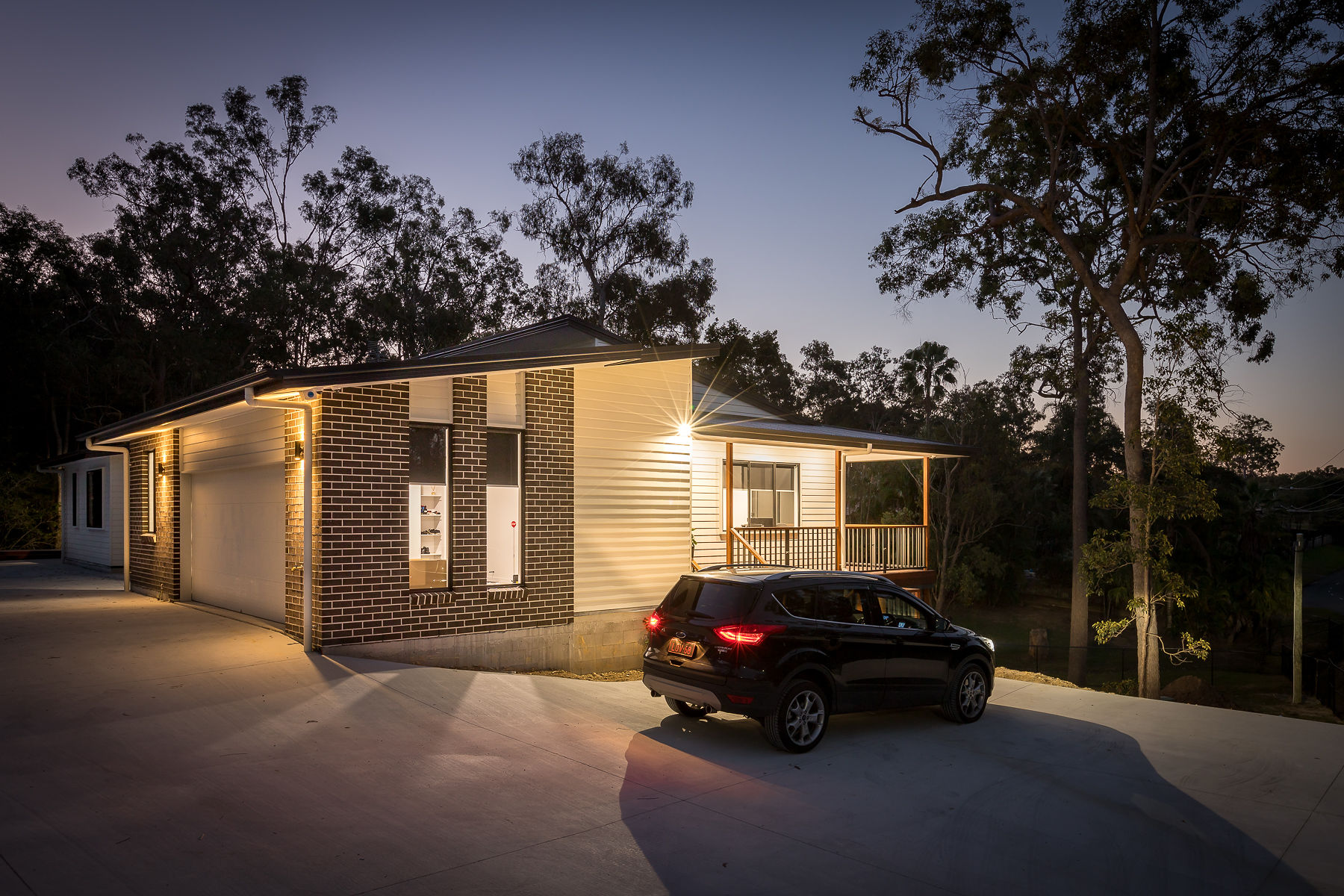Builders & Renovations FAQs
Considerations when building on a sloping block
When it comes to building on a sloping block , it can be a little tricky to decide on what is going to be best for you, your dream home ideas and the block of land you have to build on.
That is why we have put together some of the considerations you need to decide on when it comes to building on a sloping block - to make the process much easier, we always recommend speaking to an experienced sloping block builder , such as Symcorp. This can make a stressful process a lot easier, so give us a call on 07 5594 1768 for assistance.
Sloping blocks
Sloping blocks, and the way in which they slope, can vary from block to block. Some slope down from the street to the back of the block, whereas others slope up from the street. The former are generally easier (and less expensive) to build on than latter, as blocks that slope up from the street can need retaining walls and extra excavation requirements. In general:
- Flat or slightly sloping sites: Up to 7% slope, single slab on ground construction. Slopes 7% - 10% should accommodate some level alteration.
- Moderately sloping sites : 7% to 20% slope, stepping two or more slabs or using part slab/part post or beam construction recommended.
- Steep sloping sites : 20% to 33% slope, post and beam construction generally utilised which steps with the site - may include a lower part level with a concrete slab.
- Extreme sloping sites : More than 33%, suspended or pole construction techniques are required.

Topographical survey
Always get a topographical survey of your block to figure out the slope of your block and the contours. A topographical survey looks like this:

Topographical surveys also help figure out:
- The location of existing vegetation.
- The location of drainage corridors.
- Assist in locating and understanding the unique characteristics of the block.
What physical characteristics should be considered when building on a sloping block?
An analysis of your sloping block will assist in deciphering all the important physical characteristics to take into consideration, such as:
- The degree of the slope.
- The type of slope.
- Solar orientation
- Direction of prevailing breezes
- The best vantage and viewpoints
These, along with the factors shown in the topographical survey, will help with decisions in relation to:
- The best location for the construction of your home.
- The size of your home.
- What vegetation and natural features to keep.
- Orientation to the best views.
- The best position for outdoor structures and driveway
Costs for a sloping block
Sloping blocks can have additional costs compared to other building sites, due to their very nature. These can include:
- Excavation.
- Retaining walls.
- Scaffolding hire.
- Additional engineering services.
- Insulation under elevated timber floors.
- General increased labour costs.
The key to minimising construction costs on a sloping site is to reduce the amount of earthworks required to level the site through cut and fill and to minimise the number of engineered retaining walls. This can be achieved by adopting a house design that suits your sloping site . - Gold Coast Council
Chat to your expert sloping block builder though, such as Symcorp, before building commences and all these costs can be discussed in detail. This avoids nasty surprises where possible, and a clear outline as to where finances are to be spent.

Checklist for building on a sloping block
The following are some of the major aspects you need to remember when looking at building on a sloping block:
- Always have a topographical survey completed to accurately plot the contours and determine the slope of your block.
- Aim to take up level change in the building design.
- Never decide on a ‘project home’ design that has been designed for a flat block.
- Where possible, minimise site clearing and protect mature vegetation, as this will help with slope stability.
- Always ensure that stormwater is connected to a legal point of discharge.
Single slab on ground construction - most project homes - are only really appropriate up to a slope of 7%, as the cut/fill required becomes excessive (over one metre) - Gold Coast City Council
Benefits of building on a sloping block
Building on a sloping block isn’t all bad - there are plenty of advantages too! These include:
- Enhanced views and natural light exposure because of the elevated position.
- Option to build an underground garage.
- Architecturally more interesting layouts and levels.
- Retaining walls add interest to landscaping and outdoor areas.
For more information about building on a sloping block, give the Symcorp knowledgeable building team a call today on 07 5594 1768 .
Resources:
https://ws-07-8bdxkw.goldcoast.qld.gov.au/documents/bf/building-on-sloping-sites.pdf
